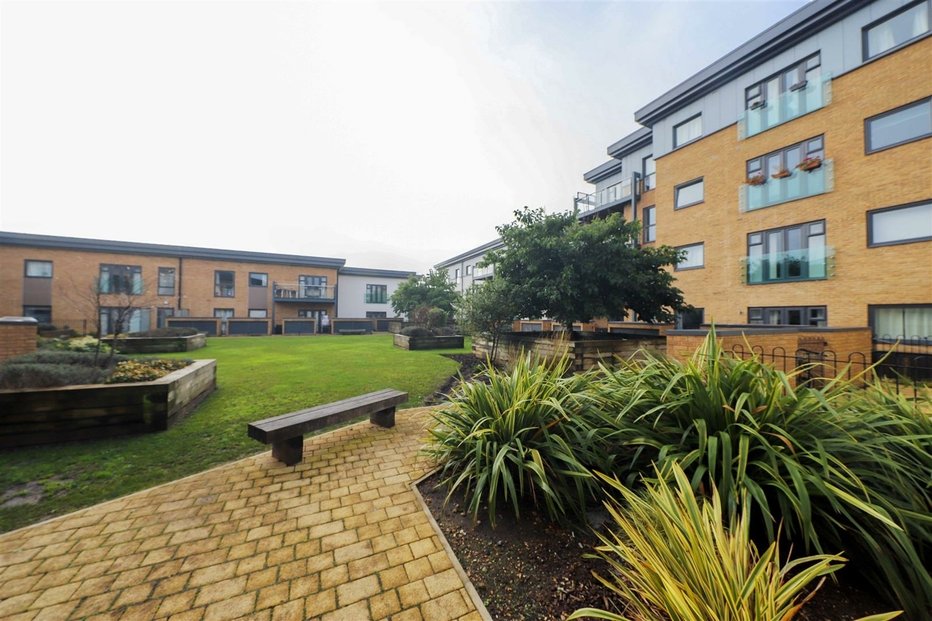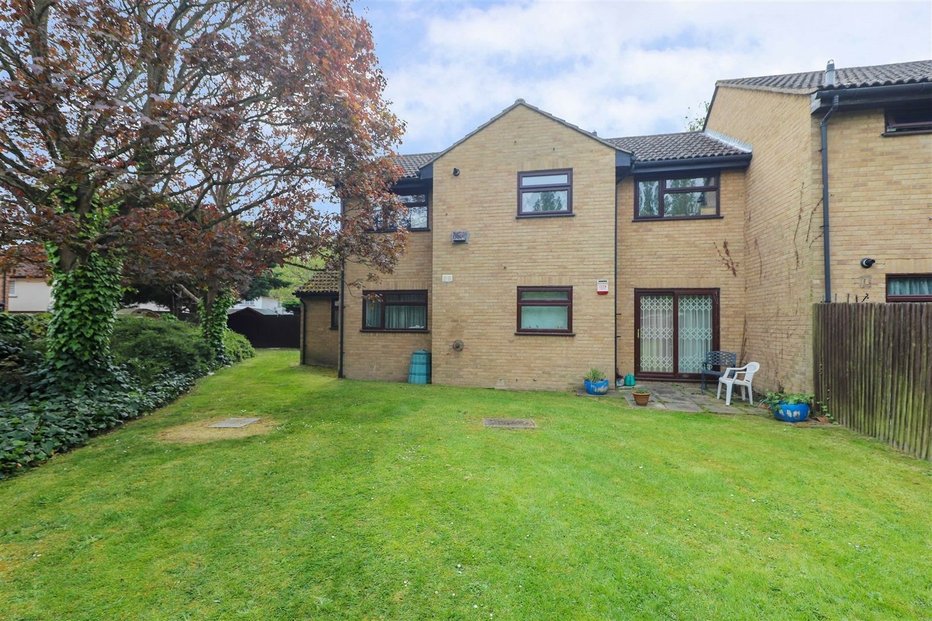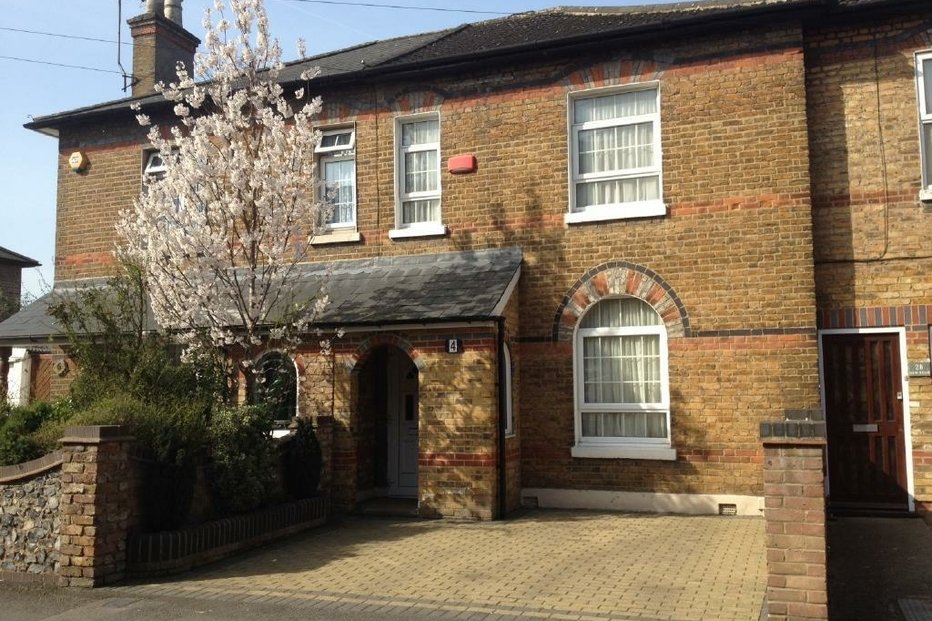The UK residential land market is reflecting the shape of the housing market, as values fall in central London but continue to rise in other regions, with Scotland the standout performer, new research has found.
In the last six months, central London residential land values have fallen by 4.9% and are 16% below the 2014/205 peak, according to the latest Savills residential development land index. By contrast, office development land values remain broadly flat.
The index report says that falls have been driven in part by house price falls in central London. The Savills all prime London house price index is down 11% from its peak before the major stamp duty overhaul of December 2014.
The report also points out that build cost inflation, rates of sale and an increasingly complex policy environment have also impacted land values while Brexit uncertainty and falling values have suppressed residential land transactions in London, down 15% in 2017 compared to 2016.
Turnover continued to be slow in the first half of 2018, but sellers have become more realistic in their pricing and Savills expects more land sales to complete in the second half of the year.
However, in London’s two most central boroughs of Westminster and Kensington and Chelsea development sites are increasingly being considered for alternative uses such as hotel or office rather than housing.
‘This is due to falling house prices and more ambitious application of planning policies. Sites that have sold recently are those with historic planning permissions that do not carry the same affordable housing requirements,’ said Lucy Greenwood.
‘This will put additional pressure on housing delivery targets in two of the city’s least affordable boroughs and demonstrates the need to balance increased developer contributions with grant funding to ensure that land is brought forward for housing,’ she added.
Across the UK, greenfield and urban land values have grown by 1.9% and 6.9% respectively over the past year, albeit values remain some 13% and 23% below their pre financial crisis level.
Growth has been underpinned by the strength of the Scottish land market, where greenfield values rose 1% in the last quarter alone, and urban land values by 2.5%. Annual growth stands at 6% and 6.2% respectively.
Savills points out that a scarcity of developable sites in Scotland, particularly in and around Glasgow, has led to increased competition for land, underpinned by house price growth of 7.7% year on year, well ahead of the 3.8% UK average.
Over the past year, the UK land market has generally become more crowded. Recent Government funding announcements designed to boost housing delivery have further opened up the market to demand from housing associations, small and medium sized house builders (SMEs) and local authorities.
Most recently, in September of this year, Theresa May announced £2 billion of additional funding for affordable housing from 2022, which will allow housing associations to plan for longer term development projects.
In addition, the Housing Delivery Fund is enabling SMEs to bid on more sites, particularly those under 100 units and Savills expects their presence in the market to increase.
The Prime Minister also announced the lifting of the local authority housing revenue account borrowing cap at her party conference. Savills estimates that this could release capacity for at least 15,000 homes a year.
















Having bought through Cameron, i felt they kept me update to date with everything that was going on. There was no hassle arranging viewings, and they helped me all the way through the process. Good, efficient service. Will definitely recommend!
... read more